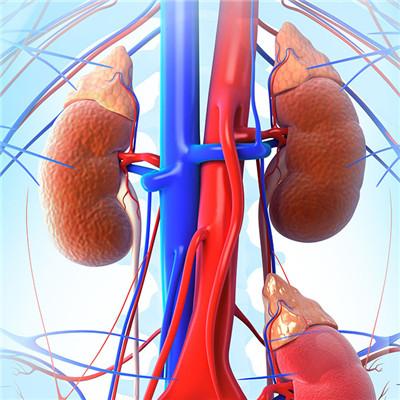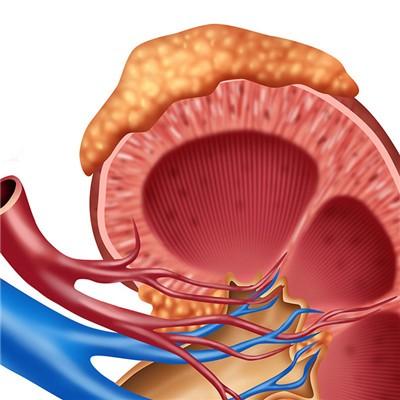Symptoms of neuromyelitis optica?
summary
The optic nerve is extremely fragile. If you don't take good care of it, you can have a lot of discomfort. Neuromyelitis optica is an acute or subacute demyelinating lesion in which the optic nerve and spinal cord are involved simultaneously or successively. A lot of people can't cure for a long time, not because they can't cure, but because they don't understand. Let's introduce the symptoms of optic neuromyelitis?.
Symptoms of neuromyelitis optica?
First: limited epidemiological data show that the prevalence of NMO is 0.3-4.4/100000, with an annual incidence rate of 0.05 - 0.4/100000. Both men and women can have the disease, and the prevalence rate of single phase NMO is equal between men and women. The incidence rate of recurrent NMO in women is significantly higher than that in men [1], and the female / male prevalence rate is about 9-12:1. The average age of onset was 30-40 years old, and about 10% of NMO patients were younger than 18 years old.

Second, NMO mainly has optic nerve and spinal cord symptoms, and some patients have brain stem damage symptoms. About half of the patients had isolated optic neuritis, 20% of them had bilateral optic neuritis; Half of the patients developed isolated myelitis; The optic nerve and spinal cord were involved in 10% of the patients.

Third: transverse inertia spinal cord damage is more common, including the corresponding spinal cord lesions below the plane conduction bundle type of deep and shallow sensory, motor disorders and bladder and rectum dysfunction, nerve root pain, painful spasm, Lhermitte sign, high neck involvement can appear respiratory muscle paralysis syndrome.

matters needing attention
a) Idiopathic monophasic or recurrent long segment transverse inertial myelitis (MRI lesions ≥ 3 vertebral segments). b) Optic neuritis: recurrent optic neuritis or simultaneous bilateral optic neuritis.














